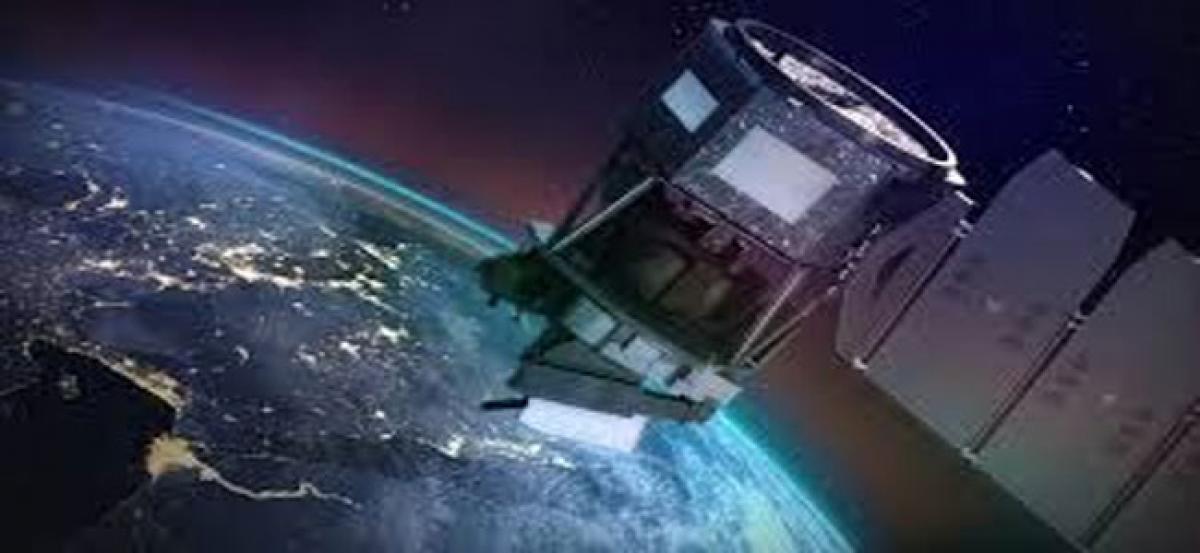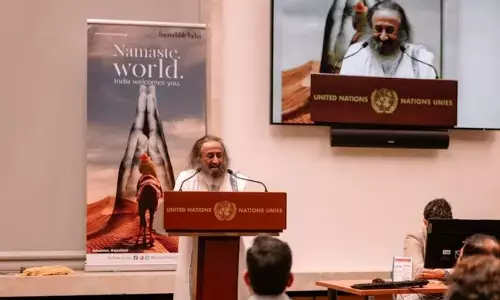NASA launches tools to increase commercial use of satellite data

NASA has launched an online toolkit to make it easier for users to find, analyse and utilise the most relevant satellite data for their research, business projects or conservation efforts
Washington : NASA has launched an online toolkit to make it easier for users to find, analyse and utilise the most relevant satellite data for their research, business projects or conservation efforts. The "Remote Sensing Toolkit" provides a simple system that quickly identifies relevant sources based on user input, NASA said in a statement on Thursday.
The toolkit is designed to help users search for data, as well as ready-to-use tools and code to build new tools. "This new tool makes finding and using NASA satellite data easier than ever before, and we hope it sparks innovation among the entrepreneurial community and leads to further commercialisation of NASA technology and benefits people across the world," said Daniel Lockney, NASA's Technology Transfer programme executive. "Our mission to bring NASA technology down to Earth is expanding with the release of this remote sensing toolkit," Lockney said.
Through its constellation of Earth observation satellites, NASA collects petabytes of data each year. The variety of open source tools created to access, analyse and utilise the data from these satellites is familiar to millions of science users, but accessing and utilising this data remains daunting for many potential commercial users. For example, NASA's remote-sensing data and tools are spread out across dozens of sites.
The NASA Technology Transfer programme reviewed more than 50 websites and found that no source provided a comprehensive collection of information or a single access point to begin a search. This prompted the US space agency to introduce the Remote Sensing Toolkit. "Remote Sensing Toolkit will help grow the number of users who put NASA's free and open data archive to work for people," said Kevin Murphy of NASA's Earth Science Division in Washington.




















